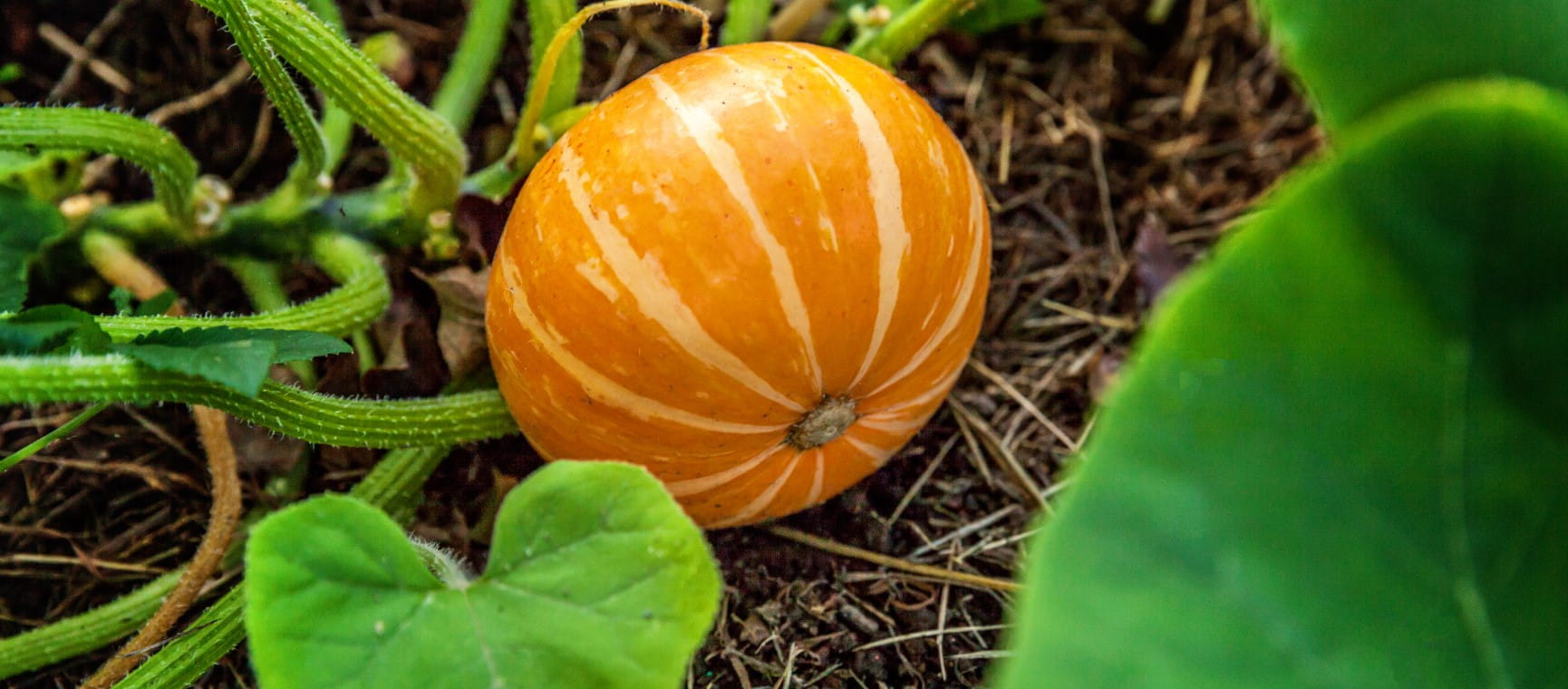
Buxom pumpkins are irresistible and the veg of the season. You can enjoy them for months if their skins are well ‘cured’, which means hardening them off in sunny, warm conditions.
Suitable fruit have a hard, sometimes cracked skin that sounds hollow when tapped, while any you can press your fingernail into aren’t mature, so eat those first. Harvest with 30cm of stem and stalk attached, to prevent rot at the neck, then move to a warm (over 20ºC), dry and bright place, turning so all sides see sunlight.
The drier it gets, the sweeter the flesh.
It may evoke the Med, but garlic needs a cold spell to develop sizeable heads, so plant this month or next.
Choose from two types: softneck and hardneck. Softneck types have a milder flavour and store well, while hardneck types are slightly hardier and more pungent.
If you grow in a damp, cold spot, plant cloves into small pots and replant in the ground next March.
Buy from the Garlic Farm, Organic Catalogue or Suttons.
If a clump of hostas underperformed this year, reinvigorate by splitting and replanting, as they’ll settle better in the warmer, damp soil of autumn than the drier conditions of spring.
The process is simple – plunge a sharp planting spade into the clump, creating smaller groups of at least five shoots, with roots and soil. Replant into prepared soil at the same height, watering well.
Protect from snails with an organic barrier, like recycled wool Slug Gone (Green Gardener, from £13.99).

By early October call time on your tomato plants, as the risk of blight increases with damper days and cooler nights. If outdoor plants are still heavy with green fruit, follow our tips on how to ripen green tomatoes.
For greenhouse plants, use an overnight heater to even out temperature spikes and extend growing time, but aim to clear plants by mid-month and ripen any last fruit indoors.
Acting now means you can put greenhouse space to use, sowing winter salads in the same compost that held tomatoes, as they need little heat or nutrition to germinate.
The great autumn tidy-up may once have been a seasonal ritual, but we now know that dead stems, seedheads and fallen leaves have huge wildlife value, so any ‘tidy’ needs to be more considered.
Prioritise clearing away fallen leaves with fungal spores, such as blackspot-affected roses, plus any on lawns or paths – and leave the rest where they fall, as valuable leaf litter for winter shelter.
Remove lank, straggly foliage to the compost heap, but leave upright stems and seedheads for winter – supporting with a cane, if needed. Insects, beetles and birds will use them for hibernation or food.
Leave borderline tender perennials like penstemon uncut until spring, to protect their crowns. Once border dahlias are blackened by frost, cut down to a short stem and cover with 10-15cm of mulch.

Every issue of Saga Magazine is packed with inspirational real-life stories, exclusive celebrity interviews, brain-teasing puzzles and travel inspiration. Plus, expert advice on everything from health and finance to home improvements, to help you enjoy life to the full.
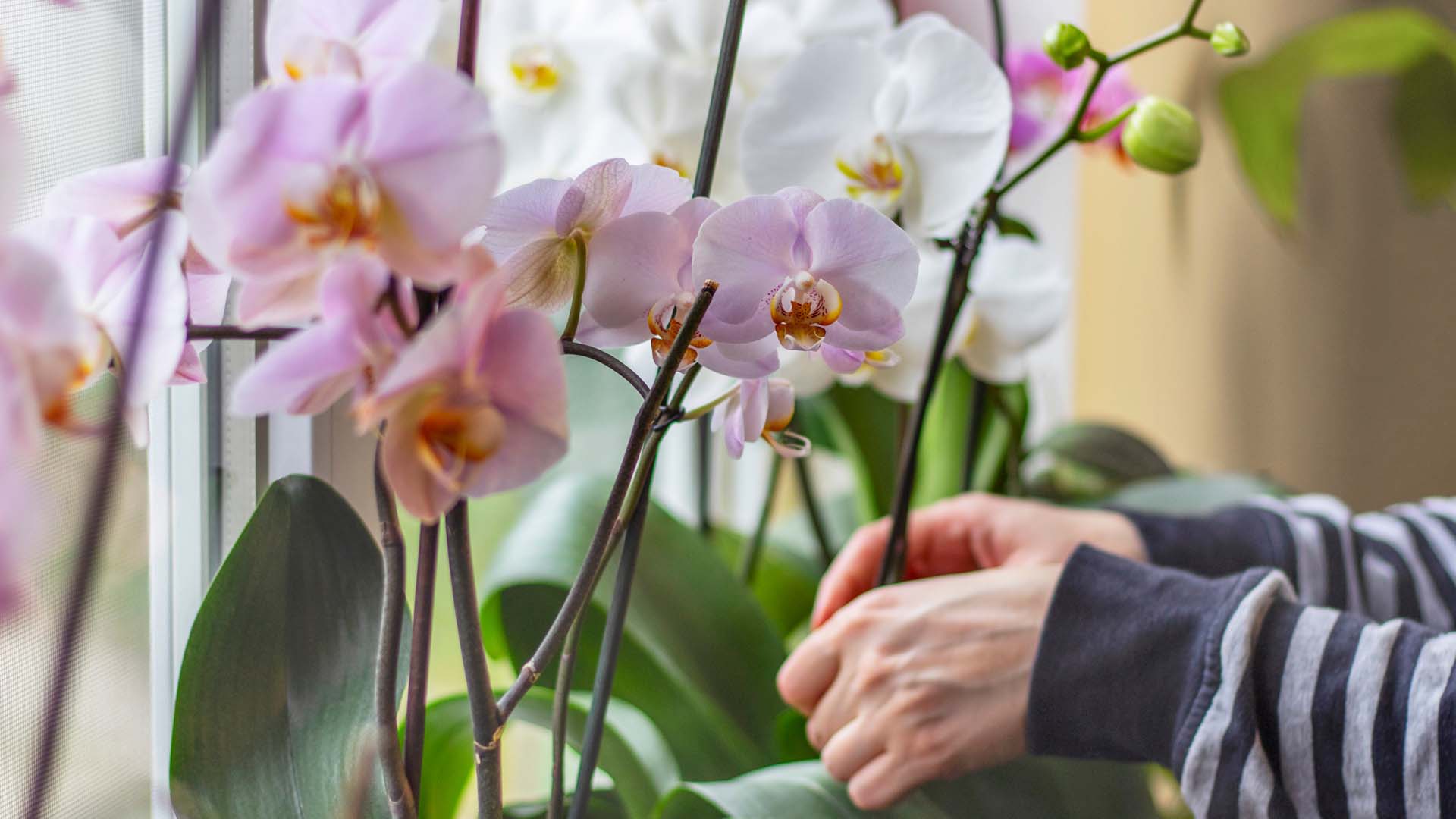
Our expert pruning and watering hacks include a top tip to keep them flowering from Alan Titchmarsh.
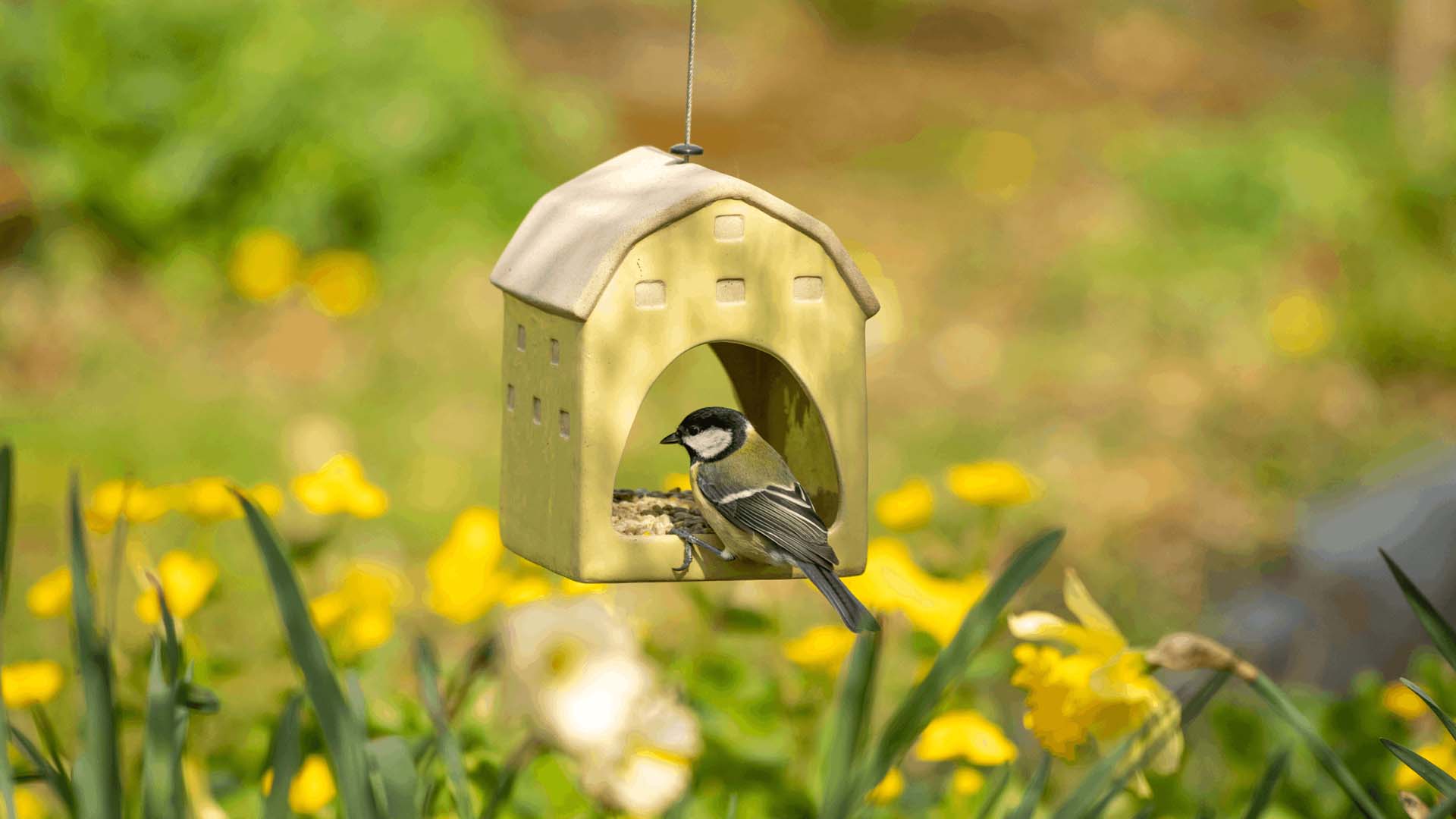
Don’t make these bird-feeding mistakes. Expert advice on how to feed birds in your garden safely.
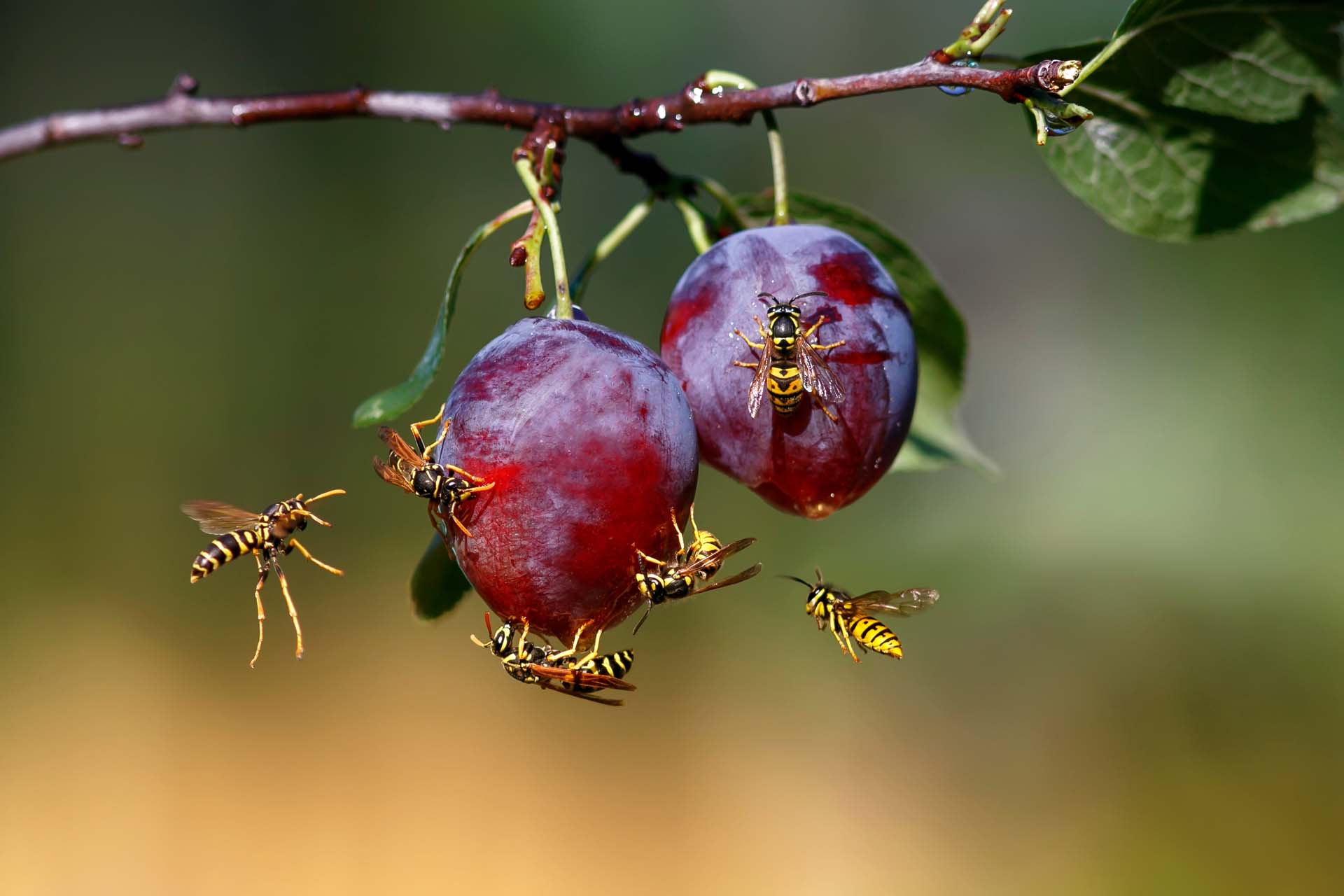
Blighted by buzzing? How to keep wasps out of your garden without harming them so you can enjoy the summer.
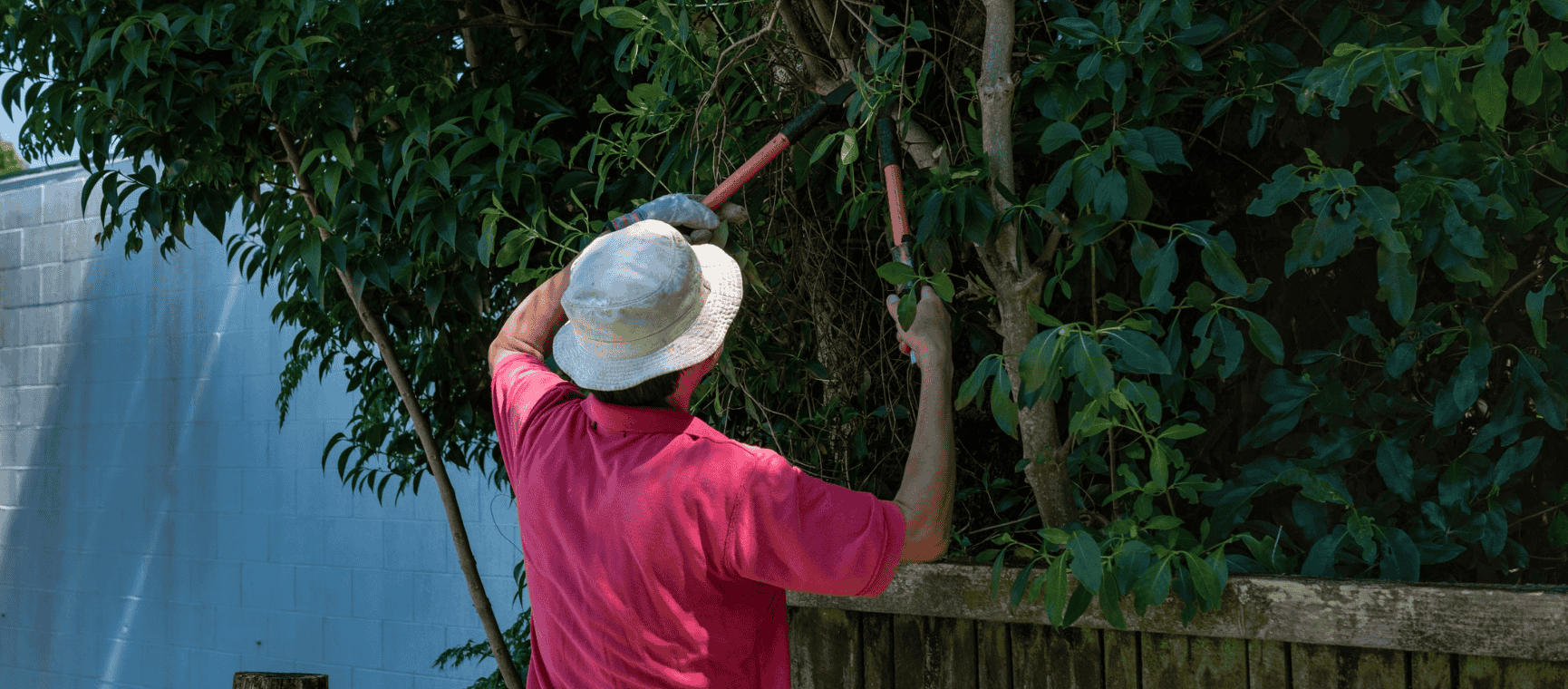
The ways you could be breaking the law in your back garden - with expert advice on how to avoid neighbour disputes, a fine or even a prosecution.
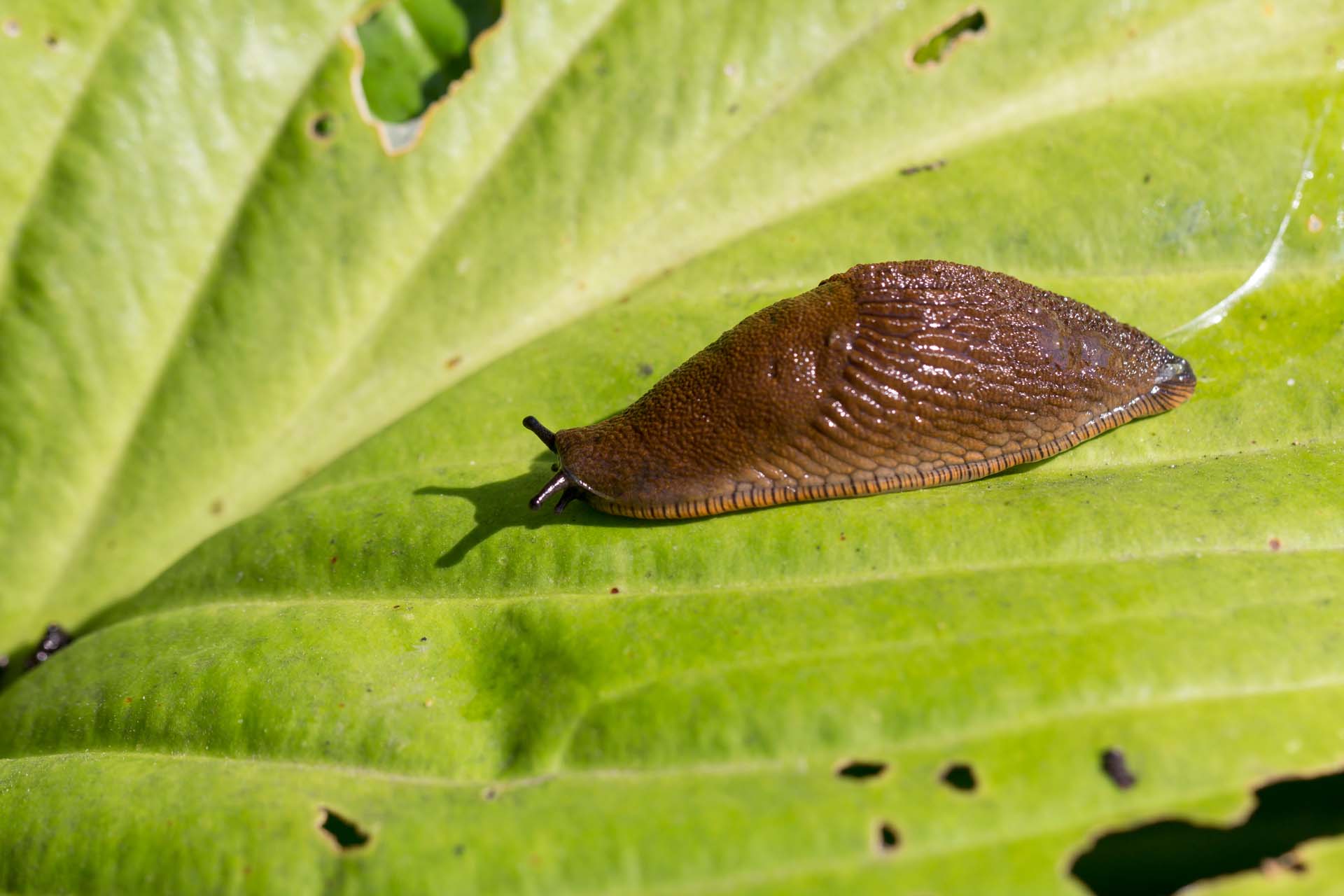
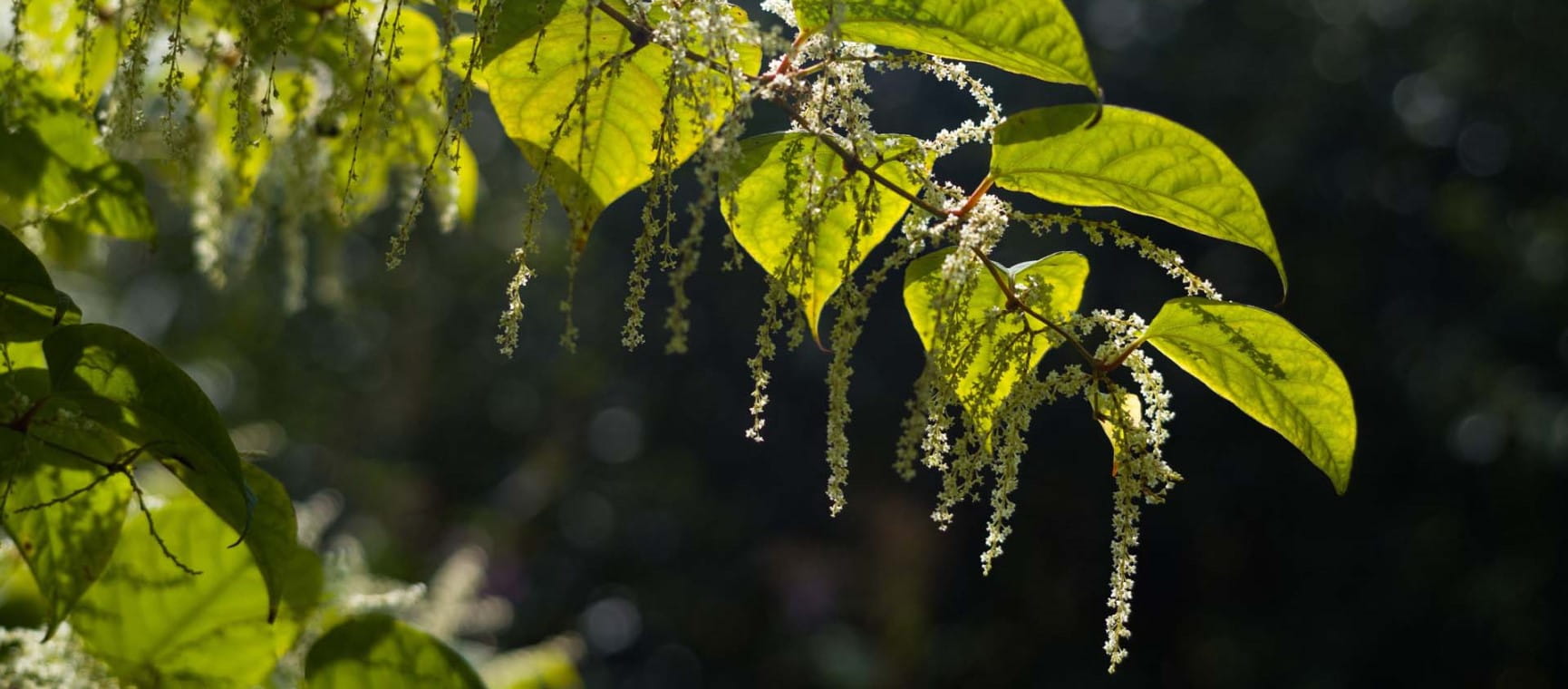
Everything you need to know about Japanese knotweed, the fast-growing plant nobody wants in their garden.